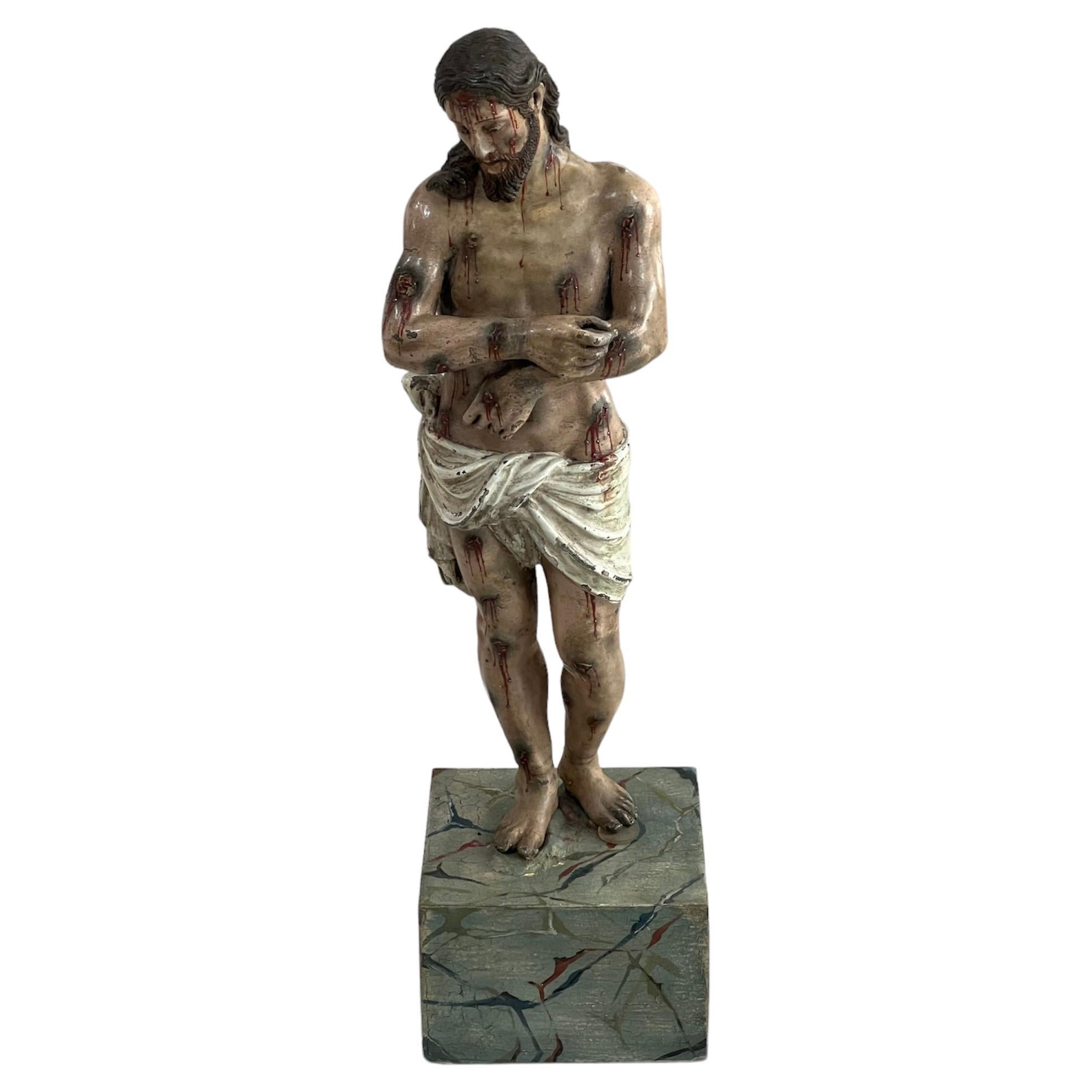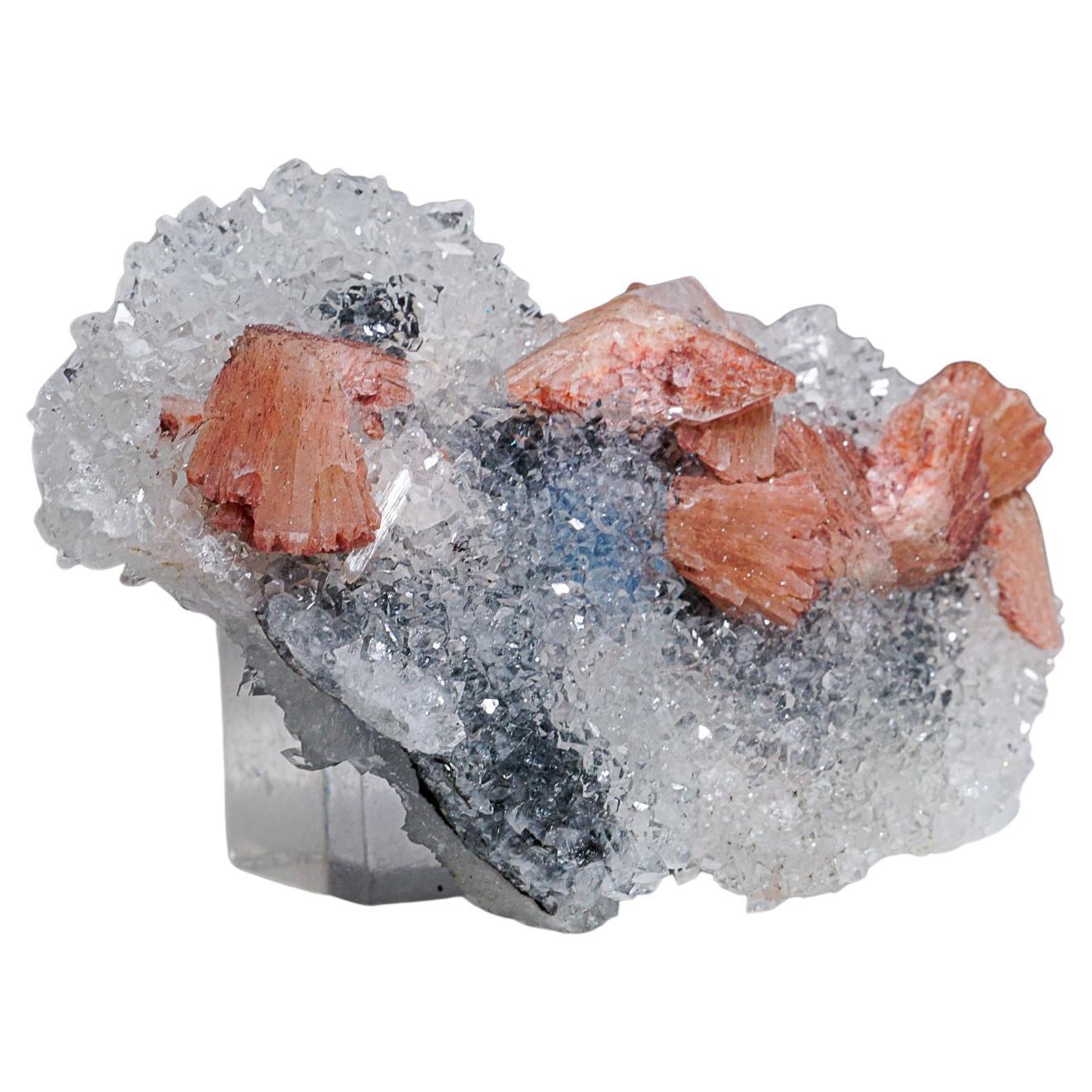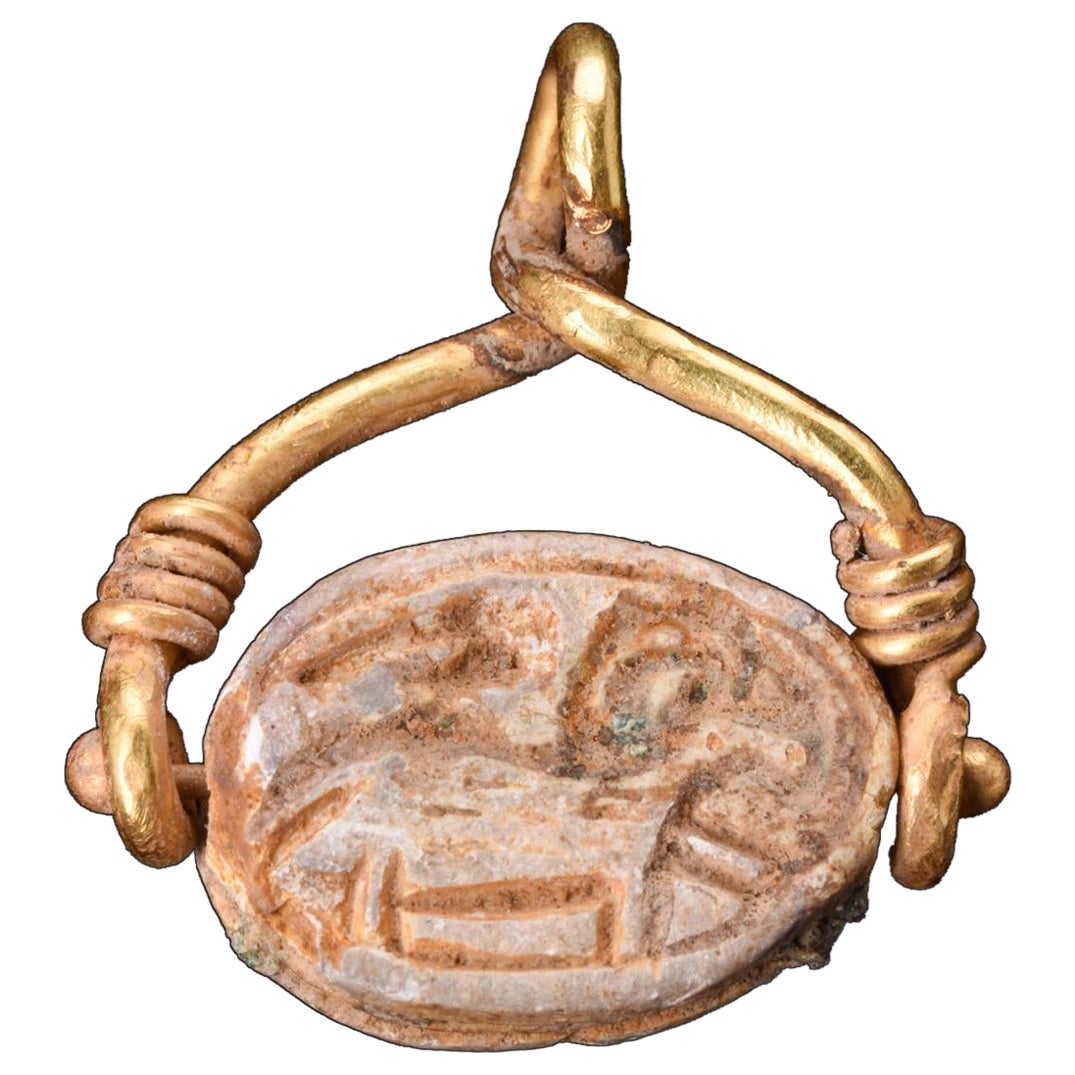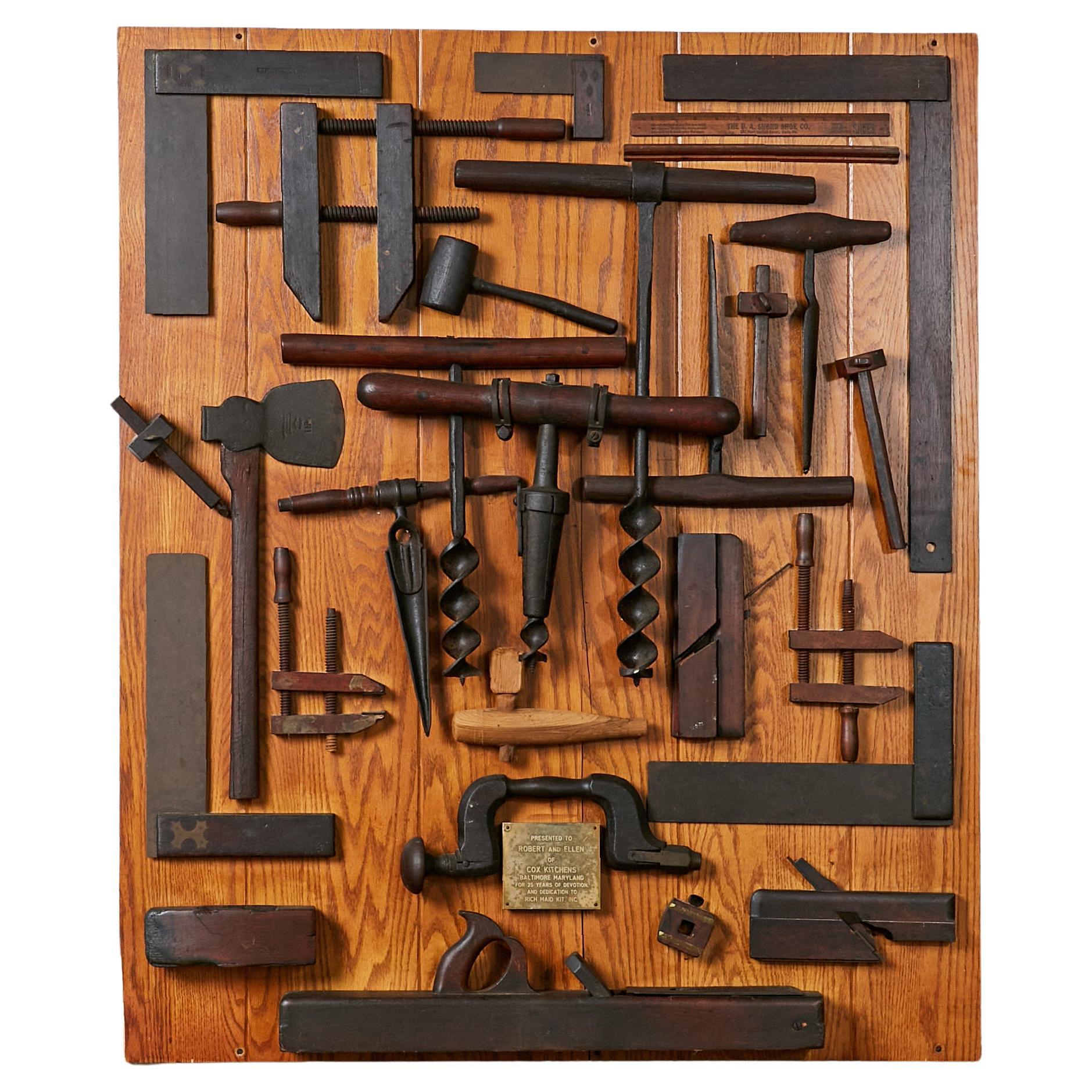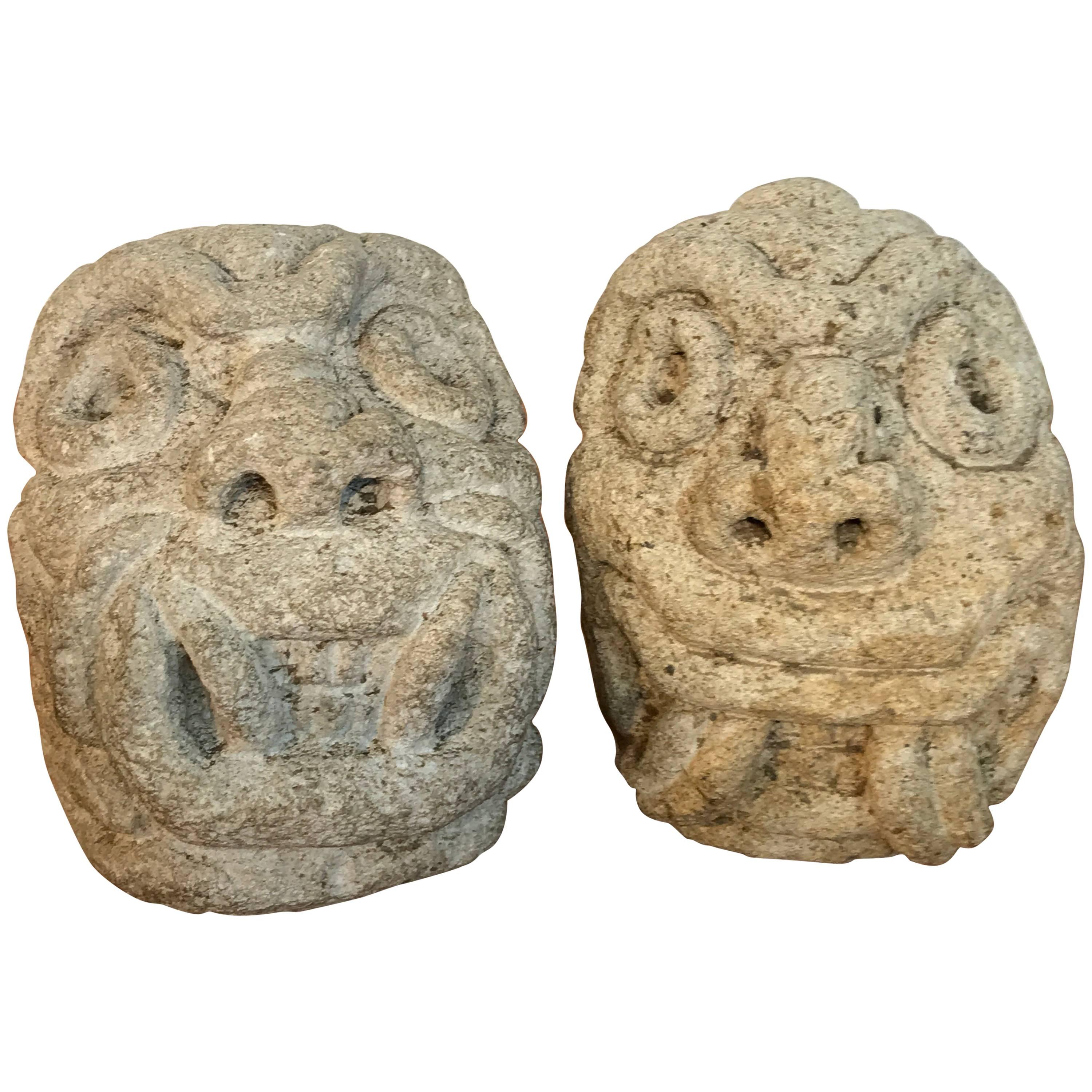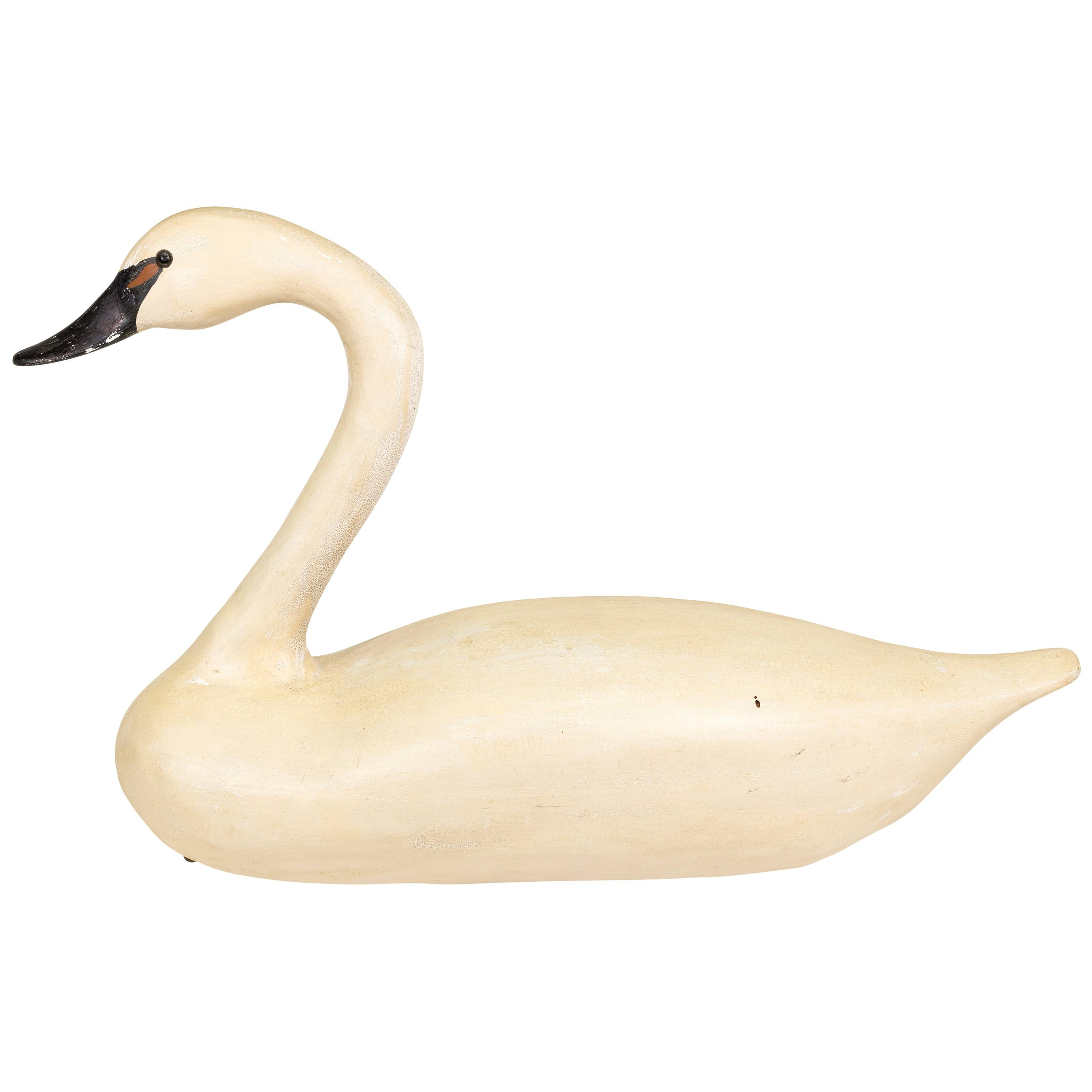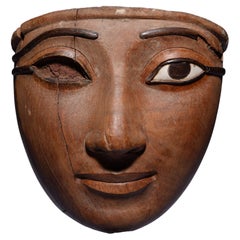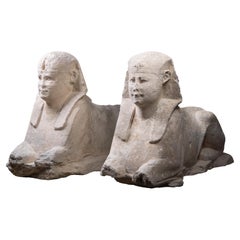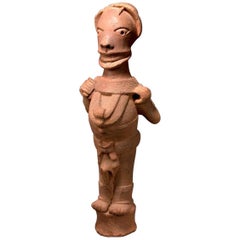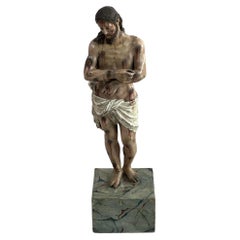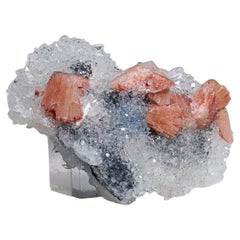
Paleolithic Homo Erectus Egyptian Flint Tool from Thebes, 300, 000 BC
View Similar Items
Video Loading
Want more images or videos?
Request additional images or videos from the seller
1 of 8
Paleolithic Homo Erectus Egyptian Flint Tool from Thebes, 300, 000 BC
About the Item
- Dimensions:Height: 6.5 in (16.51 cm)Width: 4 in (10.16 cm)Depth: 5 in (12.7 cm)
- Style:Egyptian (Of the Period)
- Materials and Techniques:
- Place of Origin:
- Period:
- Date of Manufacture:300,000 BC
- Condition:
- Seller Location:London, GB
- Reference Number:1stDibs: LU1052210196831
About the Seller
5.0
Recognized Seller
These prestigious sellers are industry leaders and represent the highest echelon for item quality and design.
Established in 2008
1stDibs seller since 2014
100 sales on 1stDibs
Typical response time: 7 hours
Associations
LAPADA - The Association of Arts & Antiques DealersInternational Confederation of Art and Antique Dealers' AssociationsThe British Antique Dealers' Association
More From This SellerView All
- Exceptional Egyptian Sarcophagus MaskLocated in London, GBExceptionally Fine Wooden Sarcophagus Mask Third Intermediate Period, 21st Dynasty, circa 1069-945 BC. Acacia wood, rosewood, hippopotamus ivory Masterfully carved from a single piece of fine-grained hardwood, the present mask is characteristic of the most exquisite funerary art made during the 21st Dynasty, and was probably commissioned for a particularly high-ranking individual. The oval face displays a gently smiling mouth with full, outlined lips, furrows at the corners and a bow-shaped philtrum. The straight nose with rounded nostrils, the cheeks full and fleshy and the large, almond shaped eyes with heavy lids and tapering cosmetic lines, set below long, sweeping eyebrows. Social collapse across the Mediterranean in the Late Bronze Age meant that the 21st Dynasty in Egypt was a period of great turmoil. Trade routes were disrupted, governments collapsed, and mass migration occurred. Economic scarcity meant that traditional funerary practices in Egypt were also affected, with a lack of material and financial resources leading to the reuse of preexisting material. As a result, during the 21st Dynasty, 19th and 20th Dynasty coffins changed ownership rapidly and were heavily recycled for new purposes. Tombs were also unmarked allowing them to be shared by many people. These new practices brought forth a shift in the understanding of funerary paraphernalia. No longer important objects owned forever by the deceased, they were now simply seen as short-term transformative devices, whose symbolic and ritualistic meaning could be appropriated for others. However, paradoxically, the art of coffin-making also reached new heights during this period, and many of the richly dec- orated “yellow” coffins, characteristic of the 21st Dynasty, are remarkable works of art in their own right. Indeed, knowing that coffins were being reused throughout Egypt, the Egyptian élite set themself apart by commissioning lavish sarcophagi decorated with the images and texts meant to help guide them to the afterlife, and which would otherwise have adorned the tomb walls. As coffins were the chief funerary element which now identified the dead and allowed them a physical presence in the world of the living, their quality and appearance were of the utmost importance. The traditional coffin ensemble was made of three parts: a wooden mummy cover, which laid directly atop the mummy, an inner coffin, and an outer coffin, both made of a lid and case. Additional decorative elements, such as masks, were carved out separately and later glued or pegged to the lids. After the completion of the painted decoration, the sarcophagus was covered in a varnish to give it its yellow colour. Gilding was sometimes used for the coffins of the high priests’ families, notably on parts representing naked skin, such as the face mask. However, some of the élite tactically avoided gilding altogether as to ensure that their coffin would not be looted. When manufacturing the inner and outer coffins, particular attention was paid to the woodwork. Displaying the skill of the carpenter, this type of funerary art has largely remained unparalleled throughout Egyptian history. The principal wood used to craft the present mask is Acacia nilotica. The evergreen Egyptian acacia was considered sacred and said to be the tree of life, the birthplace of the god Horus, as well as symbolic of Osiris, the god of the dead and resurrection. The modelling of the face in the wood is superb, but the inlays also help mark this mask out as exceptional. Inlaid eyes and eyebrows were extremely rare and reserved to the finest and most expensive coffins. Traditionally, eyes were made of calcite, obsidian, or quartz, and eyebrows of coloured glass paste or bronze. Here, the pupils, eyebrows, and cosmetic lines are inlaid with Dalbergia melanoxylon, a rare type of wood which belongs to the rosewood genus. In antiquity, however, it was known as Ebony of the Pharaohs, from the Egyptian word “hbny”, meaning dark timber, because of its black, lustrous appearance. An extremely dense and hard wood requiring significant skill to work with, ebony was a luxury material highly coveted by the pharaohs themselves, to make furniture, decorative and funerary objects. The wood was imported with great effort from the southern Land of Punt, most likely modern Sudan, Ethiopia, Djibouti, and Eritrea, alongside other luxury goods such as gold and ivory. A magnificent ebony throne, recovered in the tomb of King Tutankhamun, illustrates the incredible aesthetic potential of this material and why it was so highly valued by Egyptian royalty. Only élite members of Egyptian society could have afford- ed Ebony of the Pharaoh inlays for their funerary mask. The sclerae on the present piece were once both inlaid with hippopotamus ivory. Whiter than elephant ivory, this type of ivory is also denser, and more difficult to carve. The use of this luxury material, reputed for its gleaming appearance, enhances the lifelikeness of the eyes. For the Egyptians, hippopotamus ivory was imbued with magic powers. The hippopotamus was indeed both feared and venerated due to its aggressive behaviour. Whilst the male hippopotamus was associated with danger and chaos, the female was benevolent and invoked for protection, especially of the house and of mothers and their children, through the hippopotamus goddess Tawaret. Thus, not only was hippopotamus ivory used as an inlay and to make practical objects, such as combs and clappers, but it was also used to make talismans like apotropaic wands or knives. Made during a time of scarcity where few could afford made-to-order coffins, the present mask could have only belonged to one of the highest-ranking individuals in society. Undoubtedly one of the finest Egyptian coffin...Category
Antique 15th Century and Earlier Egyptian Egyptian Figurative Sculptures
MaterialsFruitwood, Hardwood
- Egyptian Head of a ManLocated in London, GBEgyptian head of a man, carved granite. 18th Dynasty, circa 1550-1292 B.C. Carved in beautiful dark granite, this head depicts an elite individual, perha...Category
Antique 15th Century and Earlier Egyptian Egyptian Busts
MaterialsGranite
- Ancient Egyptian Monumental Temple SphinxesLocated in London, GBA pair of monumental limestone sphinxes of Pharaoh Nectanebo I, from the processional avenue of the Serapeum of Memphis, 30th Dynasty, circa 379 - 360 BC. The sphinxes of the Serapeum have captivated travellers since Roman times. However, despite their significance, they are conspicuously absent from the collections of most major museums. Indeed, their existence in private hands is so improbable, and their imitations so numerous, that the present sphinxes were assumed to be modern copies throughout their recent ownership history. Finally recognised and conserved after an extraordinary chance discovery at a garden furniture sale...Category
Antique 15th Century and Earlier Egyptian Egyptian Figurative Sculptures
MaterialsLimestone
- Petrified Wood Slice from ArizonaLocated in London, GBA large section of a petrified conifer tree trunk, (Araucarioxylon arizonicum) from Northern Arizona, dating to the Triassic period, circa 225 million years ago. Over hundreds of m...Category
Antique 15th Century and Earlier American Wall-mounted Sculptures
MaterialsQuartz
- End-Cut from the Imilac MeteoriteLocated in London, GBImilac Meteorite End-Cut circa 4.5 Billion y/o Measures: 10 x 13 x 1 cm “This interior section of the Imilac pallasite shows a large range of olivine grain sizes there are coarse grains, grain clusters and fine-grained, crushed olivine debris. All of the olivine grains are surrounded by a matrix of metallic iron-nickel derived from the top of a molten core of a differentiated asteroid”. Dr Alan E. Rubin, PhD Department of Earth, Planetary, and Space Sciences...Category
Antique 15th Century and Earlier Chilean Natural Specimens
MaterialsIron, Nickel
- Sculptural Iron Meteorite from Morasko, PolandLocated in London, GBIron Meteorite from Morasko, Poland Circa 4.55 Billion y/o Iron, IAB-MG A sculptural iron meteorite dating to the formation of the solar system, s...Category
Antique 15th Century and Earlier Polish Natural Specimens
MaterialsIron
You May Also Like
- Nok Terracotta Standing Dignitary Figure, TL Tested, Nigeria Africa 500-100 BCLocated in San Pedro Garza Garcia, Nuevo LeonNok Terracotta Standing Dignitary Figure in Royal Pose. I-II Century AD. Certificate of Authenticity with TL Test and Passport from Europe. Museum Piece...Category
Antique 15th Century and Earlier Nigerian Primitive Figurative Sculptures
MaterialsTerracotta
- Ecce HomoBy Spanish ManufactoryLocated in Guadalajara, Jalisco, MXBeautiful and carefully detailed polychromed wood ecce homo from 17th century SevilleCategory
Antique 17th Century Spanish Spanish Colonial Antiquities
MaterialsWood
$8,500 - Huelandite over Quartz from Jalgaon, Maharashtra, IndiaLocated in New York, NYFrom Jalgaon, Maharashtra, India Unusual red-pink crystals of heulandite on matrix covered with translucent, colorless quartz crystals Measures: Weight: 1.2 lbs, Dimensions: 7 ...Category
2010s Indian Natural Specimens
MaterialsCrystal, Quartz, Rock Crystal
- Egyptian Steatite Scarab in Gold PendantLocated in London, GBAn Egyptian steatite scarab with incised features and hieroglyphs to the reverse. The front anatomy features a detailed head and clypeus with incised linear decoration to mark the prothorax and elytra. The reverse side is hard to distinguish. Mounted in a high karat later gold swivel pendant...Category
Antique 15th Century and Earlier Egyptian Egyptian Antiquities
MaterialsGold
- Swivel Gold Ring with Egyptian ScarabLocated in London, GBAn Egyptian steatite scarab encased in a possibly later, high-karat gold swivel ring. The scarab is a symbol of rebirth and protection and is decorated with six sacred serpents, repr...Category
Antique 15th Century and Earlier Egyptian Egyptian Antiquities
MaterialsGold
- An Egyptian wooden female offering bearer figure, Middle KingdomLocated in UTRECHT, UTStanding female wearing a tight fitting white dress and black tripartite wig, serene facial features with large painted eyes. Separately made arms attached with dowel to the shoulder...Category
Antique 15th Century and Earlier Egyptian Egyptian Antiquities
MaterialsWood
Recently Viewed
View AllMore Ways To Browse
300 Bc
Antique Scraper
Thebes Art
Paleolithic Art
400 Bc
Antique Anthropology
Stone Age Tool Plate
Antique Scraper Tool
Pre Columbian
Pre Columbian Art
Pre Columbian Mexican Art
Vintage Antiquities
Antique Egyptian Antiquities
Pre Columbian Peru
Peruvian Pre Columbian
Large Pre Columbian
Pre Columbian Pottery
Antique Coins Antiquities

